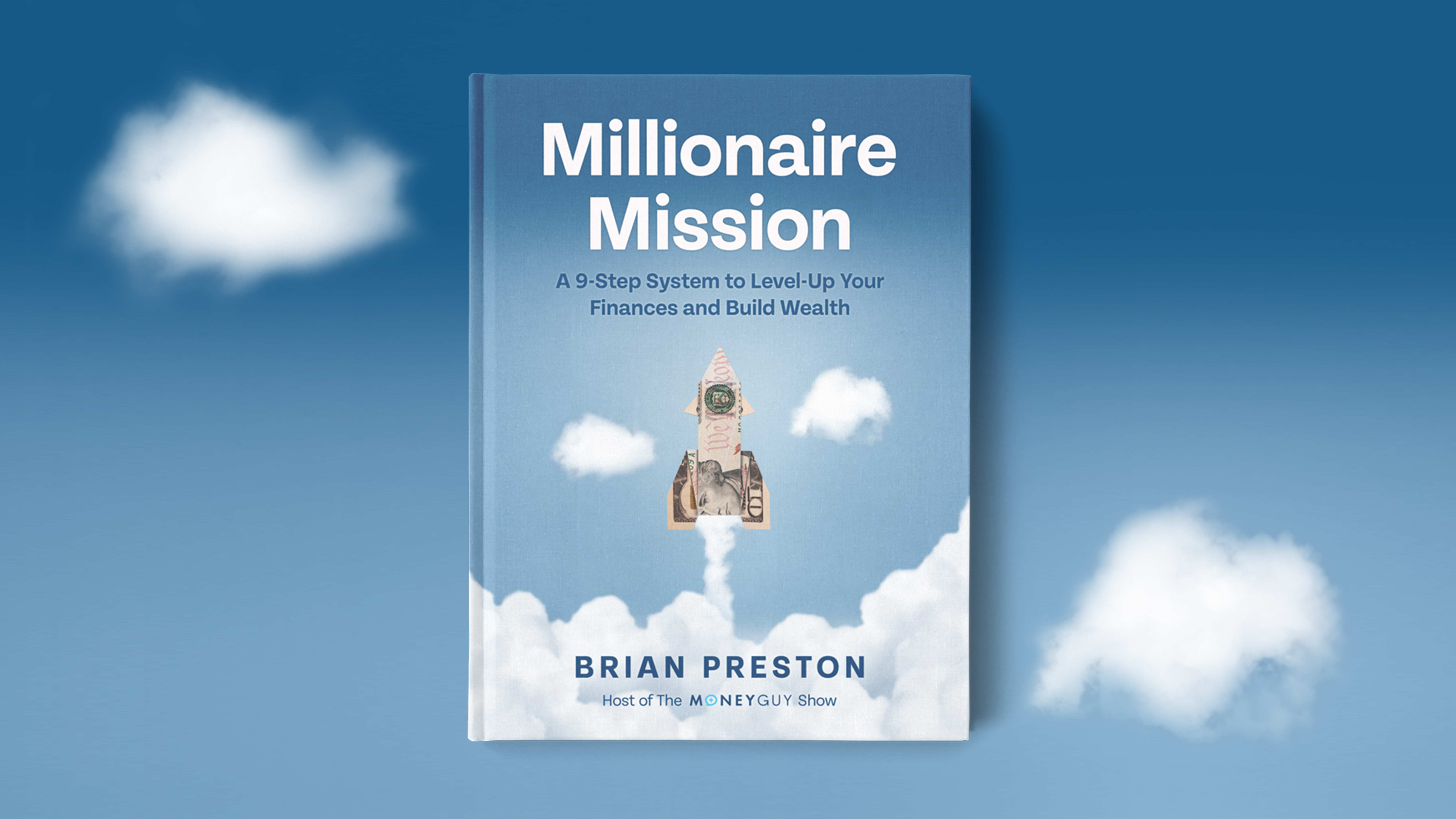
Change your life by
managing your money better.
Subscribe to our free weekly newsletter by entering your email address below.

Subscribe to our free weekly newsletter by entering your email address below.
Money-Guy 05-28-2010
So we head to Chicago for a conference and the market decides to misbehave! The Euro-Zone deteriorates, there is an oil spill that can’t be stopped, and the Korea’s are fighting. Sure sounds like an emergency to me… But wait, is there hope? My answer is yes…
To start off the show I share some thoughts from a market commentary (soon to be available to Premium Members) that we sent out to our wealth management clients last week. In this commentary I address just exactly what is going on with Greece and the PIIGS. In the show, I explain why these things might actually be good for the U.S. and the global markets going forward. Greece has begun setting the example of making tough decisions that are necessary to fix some of these looming economic problems. Some of those austerity measures include:
From here, I shift gears to a presentation from the NAPFA (National Association of Personal Financial Advisors… the fee-only guys) conference we attended last week. One of the presenters was Christopher Davis, co-portfolio manager and chairman of Davis Advisor who run the Davis Funds. His presentation, “Is the Recovery Real? And Other Questions Investors Frequently Ask” was, to the say the least phenomenal! It was so good and his slides were so powerful, I thought ‘Man, I have to share some of these with my listeners!’
Unfortunately, because these aren’t my slides and I in no way don’t want to take credit for the work and effort that Davis Advisors has put into these illustrations, I can’t put them out here for you guys. However, I do go through them and share some of the incredible numbers pertaining to how the markets have performed in the past. Because I go through so many slides and share so many numbers, I thought it best to just put some of those more powerful numbers out here for you to reference (please remember, these are not my numbers or the numbers of Preston & Cleveland Wealth Management. I am sharing with you, for illustrative purposes, the numbers we saw at a presentation by Davis Advisors):
I also touch on some very good (and some interesting) quotes from individuals such as Alan Greenspan, Ben Bernanke, Warren Buffett, and Benjamin Graham. The moral of this show? Develop a strategy, stick to it, and be courageous! When you look back many years from now, you will be happy you did.
Subscribe on these platforms or wherever you listen to podcasts! Turn on notifications to keep up with our new content, including:


Financial Order of Operations®: Maximize Your Army of Dollar Bills!
Here are the 9 steps you’ve been waiting for Building wealth is simple when you know what to do and…
View Resource
How Much Should You Save?
How much of your income can you replace in retirement? You can replace different portions of your income in retirement…
View Resource
The 5 Best Tools To Cover Life’s Greatest Financial Risks
Read MoreWhat To Do When the Stock Market Is Down
Read MoreHow To Prepare for a Bear Market in 2025
Read More

How about more sense and more money?
Check for blindspots and shift into the financial fast-lane. Join a community of like minded Financial Mutants as we accelerate our wealth building process and have fun while doing it.




It's like finding some change in the couch cushions.
Watch or listen every week to learn and apply financial strategies to grow your wealth and live your best life.
Subscribe to our free weekly newsletter by entering your email address below.